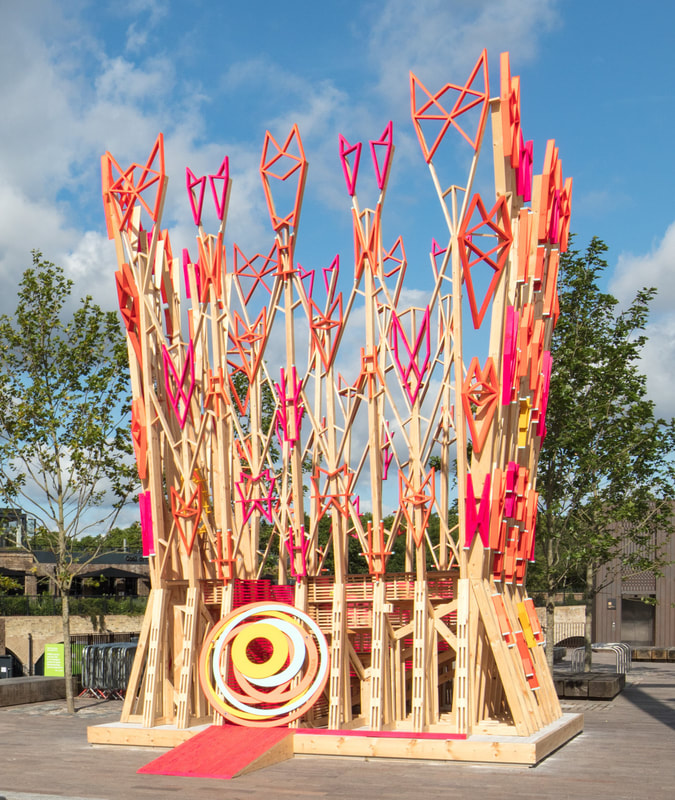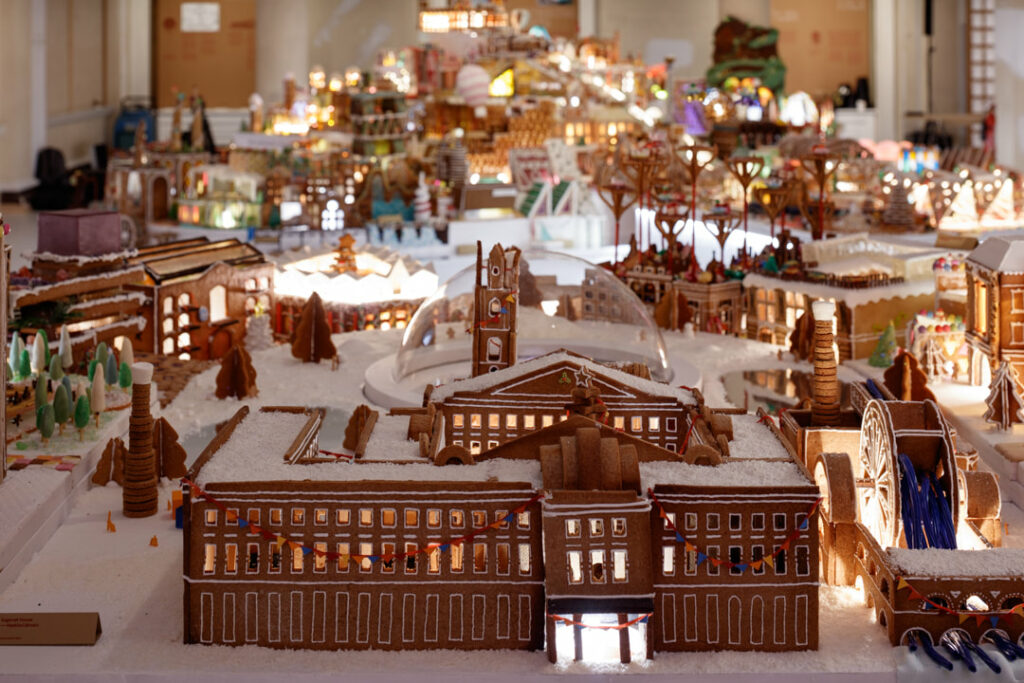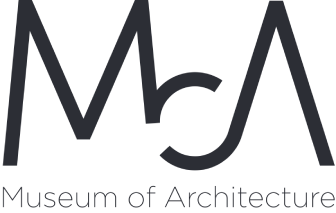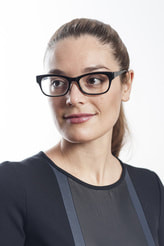Founder and Director of
Museum of Architecture and The School for Creative Thinkers
My parents were always interested in contemporary design. Being British in the US, they carried their European sensibilities with them, and we always had the most contemporary house and furniture of anyone I knew. I grew up in Westchester, NY and as a family we took trips to NYC visiting museums, galleries and contemporary furniture shops. Beyond this exposure to great spaces and design, I was taught to work hard and care about what I was doing and the world around me. This, most of all, has led me to where I am today.
From an early age, I enjoyed creating spaces. My sister would always complain that I would spend time with her building a giant barbie house out of cardboard blocks, but then I never wanted to play with the dolls. I do feel quite guilty about that now. When I was a teenager, I would sit at my art desk and take my Dad’s graph paper to start drawing designs of my future home. Even my high school boyfriend worked at Philip Johnson’s estate in New Canaan, Connecticut, but those are stories for another time.
I ended up at the University of Massachusetts studying history because I wanted to understand what had happened in the past to get us to where we are today. I loved reading autobiographies of people’s lives and what they did to influence their future. I had taken some architecture introductory classes, but I wasn’t sure what the degree would entail so I wasn’t convinced at first that it was right for me.
While I enjoyed learning how history unfolded through lectures by great story-telling professors, my creative side was growing impatient. Apart from having a terrible memory at remembering dates, I felt the need to learn in the here and now. I switched majors after my first semester to test out what architecture was like and at once, I knew it was for me. I thrived on the architectural process of research, testing and learning from peers and professionals.
During the first weeks of my second year at school, the September 11th tragedy happened, which changed everything. My architecture class entered The World Trade Center Memorial Competition and it was then that I really learned about the connection that architecture has with people. We discussed how spaces can share in the role of comforting, addressing the process of grieving and being thoughtful. It was the first time that I really considered the value of architecture. This relationship between architecture and people was ingrained in me then and has always been of particular interest to me and my work. ‘Architecture is for people’ is a phrase I continue to come back to.
During undergrad, I spent an incredible summer living in New York City and interning at the New York Historical Society researching the history of Times Square for an exhibition by one of my professors, Max Page, called “Crossroads of Desire : A Times Square Centennial” for the AXA Gallery in NYC. I discovered then that apart from the rich built history, it was the people who made this space – from the strip show girls and punters to the artists and actors. The stories of characters were endless. I didn’t realise it then, but I think this experience gave me the confidence to think about curating projects on my own.

I was encouraged by my professors to take a year out and go work in the industry, but my desire to push through led me to apply to Pratt Institute which had just started a graduate architecture programme run by Bill MacDonald. As one of the youngest students there, I dove in eagerly to learn the software programmes, catch up as best as I could with students who had been working in practices for years and who had much more life experience than I did. Living in New York City, learning with people from backgrounds such as dance, banking, engineering and more from architects who were from every corner of the world was inspiring. It was a two year whirlwind of memories and friendships that will last a lifetime and opened my eyes and gave me the confidence to keep striving higher.
Bill MacDonald suggested that I interview with Zaha and Patrik when they came to town for her Guggenheim show in NYC. I don’t think I had ever been more nervous in my life knowing this was an incredible opportunity for me to start my career. I met them both in the Mercer Hotel’s restaurant along with my future colleagues and friends pacing the pavement outside waiting for their turns to discuss their portfolios.
I moved to London right after graduation in 2006 and began work at ZHA on a series of competitions. After about two weeks, I decided I didn’t want to be an architect, but I wanted to do something for the greater good of the profession.
I started a gallery called Nous with two architect friends and that was the first step to where the Museum of Architecture is today. Luckily I was moved to interiors and furniture at Zaha’s where I worked with very encouraging colleagues and I credit their belief in me with giving me the courage to take the step to venture out on my own.
After three and a half years I left to re-brand the gallery as the Museum of Architecture and create the consultancy, Nous Collaborative.
While I am no longer working for an architect, and never became a licensed architect, I feel so strongly about what I do in educating the public about architecture and encouraging architects to be entrepreneurs. Architecture is for people and we need to give people the reasons to care as much as we do.
Museum of Architecture’s exhibitions and events:


The Wooden Parliament is a temporary pavilion designed by Spanish architects Cristina Díaz Moreno and Efrén Ga Grinda of the Madrid-based practice AMID.cero9, supported by the Spanish timber company Finsa, and Coal Drops Yard and organised by the Museum of Architecture.
“Unknown: Strategies and Solutions in Shaping the Built Environment” is the annual conference led by women in architecture co-curated by Melodie Leung, Senior Associate at Zaha Hadid Architects and the Museum of Architecture, and sponsored by Finsa.
The Gingerbread City 2019 Exhibition at the Somerset House, London photo ©Luke O’Donovan


